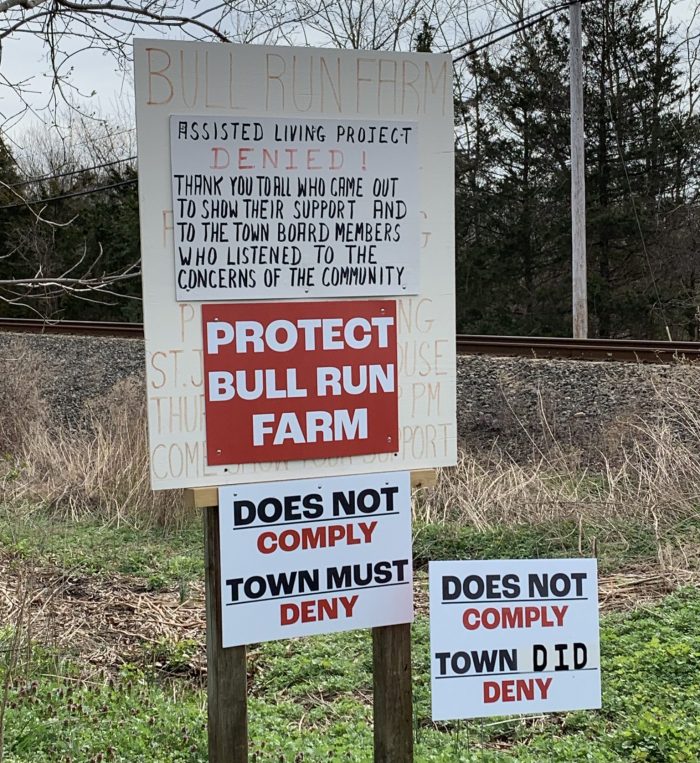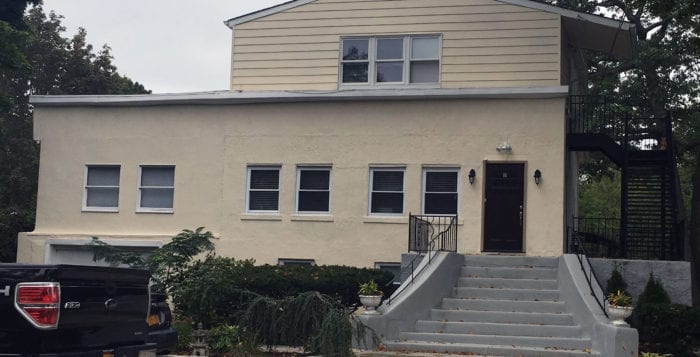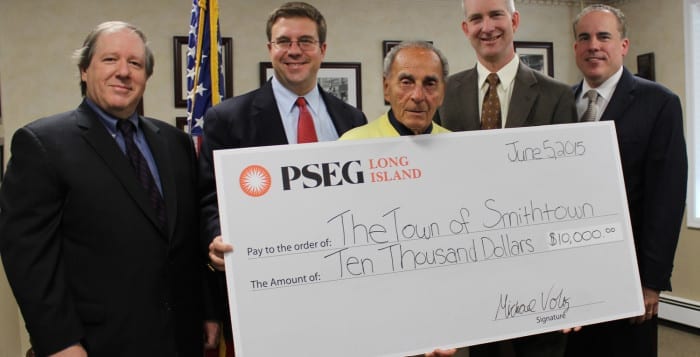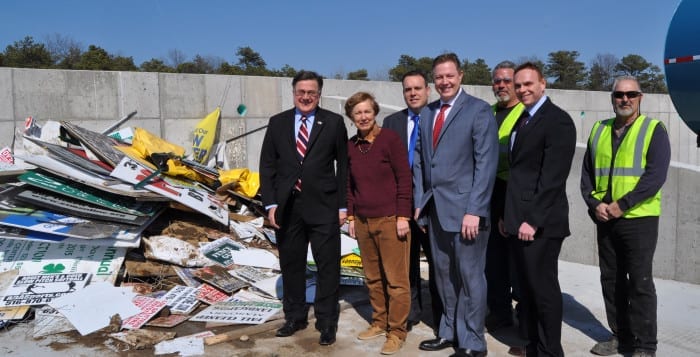A development proposal has caused uproar over the past month among residents of St. James, as reported in The Times of Smithtown. Mills Pond Group, owned by Fort Salonga developer Frank Amicizia, proposed the construction of an assisted living facility on the former Bull Run Farm on Mills Pond Road.
The proposal included a two-story, 97-bed assisted living facility to be built on the property, which is 9.02 acres in total and is in residential zoning. At a public meeting with lawyers of the developers of the project in March, many residents were outspoken in their disapproval of the proposal. This ultimately resulted in Town of Smithtown Supervisor Ed Wehrheim (R) announcing that a special exception would not be made for the assisted living facility.
Additionally, Wehrheim intends to legislate that assisted living homes will not be approved to be built in areas zoned residential. Smithtown public information officer, Nicole Garguilo, said that “for the longest time there was this loophole in the town’s code” which provided an opportunity for a “special exception” for developers when attempting to gain the rights to build on a piece of land.
“One of the most common criticisms was that developers often used this loophole to get through the process without having to go through a zone change,” Garguilo said.
This special exception essentially enables them to “go right to the Town Board rather than going through all of the zoning boards and environmental reviews — it was very frustrating to residents.”
Garguilo went on to explain that the Town Board intended to propose legislation to remove the loophole even before this issue arose with the Bull Run Farm proposal. She said she believes this would reflect the interests of the community.
“You’re going to be hard pressed to get anybody in the whole hamlet of St. James to support an assisted living [facility] on that land,” Garguilo said. “That land people want to see preserved. They want to see it maybe become an active farm again.”
Garguilo went on to explain that “a lot of it has to do with the sentimental value of the farm and the history there.” People remember when the farm was active, she said. Some might have fond memories such as sleigh riding or feeding carrots to the horses. Garguilo herself used to spend her allowance money on Blow Pops from the farm stand, and her family would frequently buy pies from the Elderkins — the family that ran the farm.
As there does not seem to be a path to building this assisted living facility at that location, an alternative option that the developers could turn to is building homes on the property.
“When they originally presented their plan, they had presented a backup plan with it, which was to build a subdivision of homes,” Garguilo said .
She went on to say that while members of the community would likely prefer the land simply preserved, they may be more willing to accept this alternative as it would be in line with the town’s codes.
“I think it’s a pill easier for them to swallow rather than seeing assisted living go up on that land.”
The next Town Board meeting will be held Thursday, April 20, at 2 p.m. at Smithtown Town Hall, 99 W. Main St. Garguilo said it is unlikely that the board will be prepared to vote on removing the special exception loophole at this meeting, but that residents should expect a vote in the near future.








